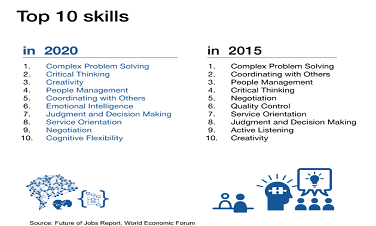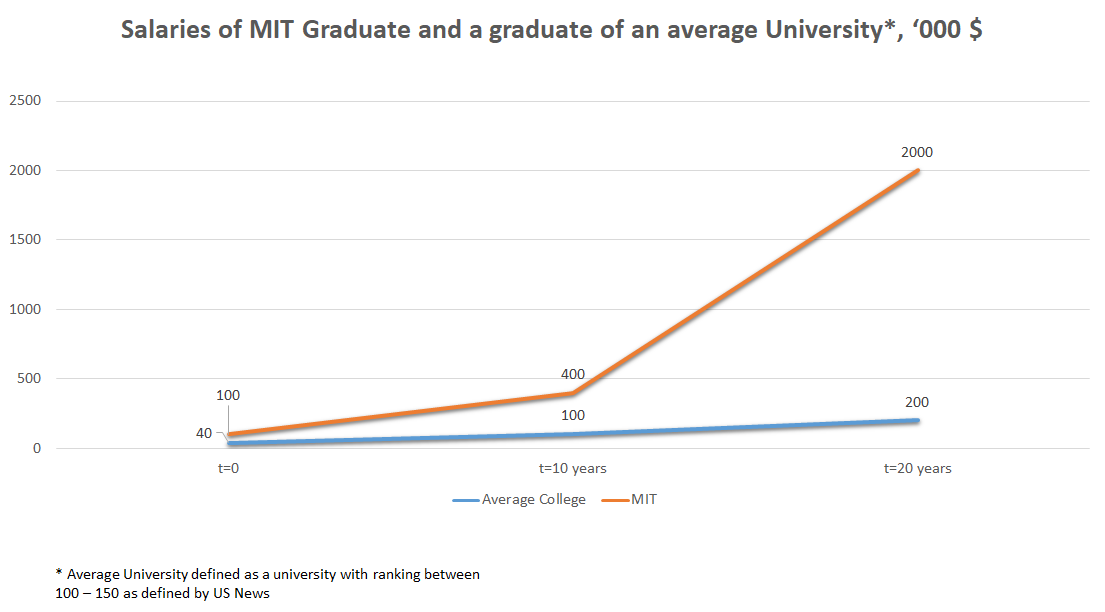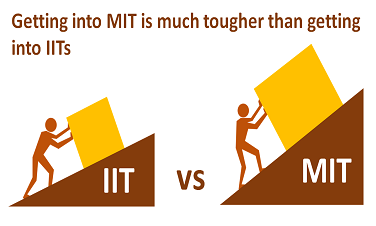IB vs A-levels - Which curriculum to choose?
- Written by UnivAdmitHelp
- Category: Mentoring
- Published on 27 Jul 2023
Finding a right curriculum in high school is a difficult task. Most of the universities in the world including Ivy League colleges accepts both the programmes.
A-levels, short for Advanced Level examinations, are a widely recognized and respected qualification primarily offered in the United Kingdom and several other countries with British education systems. A-levels are typically undertaken by students in their final two years of secondary education, usually between the ages of 16 and 18. Whereas, International Baccalaureate (IB) is a comprehensive and internationally recognized educational program that aims to develop well-rounded, knowledgeable, and compassionate students. Founded in 1968, the IB is now offered in schools worldwide
A Levels (Advanced Level) and the IB (International Baccalaureate) are both popular academic qualifications taken by high school students, but they have distinct differences in terms of structure, content, assessment, and approach to education. Here are some key differences between A Levels and IB:
A-Levels – 14-18 Age Range, Year 11 – Year13, 4-5 Subjects, Exams offered externally multiple times in a year
IB – 16-18 Age Range, Year 12 & Year 13, 6 Subjects + 3 papers, One cumulative at the end of 2 years
Curriculum and Structure:
A Levels: A Levels are subject-based qualifications typically offered in the UK and some other countries. Students choose a specific number of subjects (usually 3 or 4) and study them in-depth over a two-year period. A Levels are more specialized, allowing students to focus on their preferred subjects.
Let’s go in little more depth in case of A-levels. The International GCSE pathway offers a clear and direct route, commencing in Year 11 or even earlier, where students undertake up to six subjects. These subjects serve as initial introductions to the specific areas they encompass.
Upon reaching Year 12, students’ progress to A Levels, which consist of two components: the AS Level, also known as "Advanced Subsidiary," generally completed in Year 12, and the A2 Level, typically undertaken in Year 13. Traditionally, students opt for 4-5 AS Level subjects and subsequently continue with 3-4 of those subjects at the A2 Level.
IB: The International Baccalaureate is a comprehensive two-year program. They have to take six subjects with three or four at Higher Level (HL) and the rest at Standard Level (SL). In addition, all students have to study Theory of Knowledge (ToK), Extended Essay (EE) and Creativity, Activity & Service (CAS) Project. There are six subject groups: two languages, one social science, one experimental science, one mathematics, and one elective (arts, additional language, or another science/social science). It offers a broader and more holistic educational experience.
Assessment:
A Levels: Assessment in A Levels is primarily exam-based. You must study and complete your AS Level before you take your A Level. They take the average of your two scores (50/50) to produce your overall A Level score. Students usually complete the AS Level in their second to last year of high school and the A2 Level in their final year.
IB: The IB program employs a more diverse assessment approach. Students are assessed through a combination of internal assessments (coursework, projects, oral presentations) and external examinations. It also includes the Extended Essay, Theory of Knowledge (TOK), and Creativity, Activity, Service (CAS) components.
Grading System:
A Levels: Grading in A Levels is usually based on a letter scale (A*, A, B, C, etc.) or numerical scale (e.g., 9-1), depending on the country's grading system. Under this new system, every student's raw mark is compared on a bell curve with the performance of all other students who took the exam. In other words, achieving a specific percentage of correct answers doesn't necessarily translate to the same percentage on your report card. Instead, your scores are relative to those of your peers.
IB: The IB uses a 1 to 7 grading scale for each subject, with a maximum of 42 points available for the six subjects and additional points for the Extended Essay and TOK, leading to a maximum total of 45 points.
Depth vs. Breadth:
A Levels: A Levels provide a more in-depth study of chosen subjects, allowing students to specialize in their areas of interest and expertise.
IB: The IB program offers a broader educational experience, requiring students to study six subject groups, which can help develop a more well-rounded skill set and knowledge base.
Flexibility:
A Levels: Students have the flexibility to choose their preferred subjects and study them in any combination, which allows for more specialization.
IB: The IB program has a more structured curriculum, and students must take subjects from each of the six groups, ensuring a balance between different disciplines.
Global Recognition:
A Levels: A Levels are well-recognized in the UK and some other countries with a strong British education system.
IB: The IB is recognized and respected worldwide, making it an attractive option for students who may move to different countries for higher education.
Both A Levels and IB have their strengths and suit different learning preferences and goals. Students should consider their academic interests, future career plans, and preferred learning style when choosing between the two programs.
Which programme is more recognized in the world?
Both the discussed curricula enjoy global recognition, but it's safe to say that A Levels hold the highest renown and widest accessibility. Studied in over 10,000 schools by more than a million students across 160 countries, International GCSE and A Levels have a substantial global presence. A-Level qualifications are recognized by over 1,400 universities worldwide, including every UK university and 600 universities in the US, encompassing prestigious institutions like the Ivy League universities. Where as IB is offered in odd 5,000 schools worldwide.
Which programme is best for you?
|
Curriculum |
Advantages |
Disadvantages |
|
A-levels |
-Well recognized around the world - Flexibility of subject selection - Multiple exam dates though out the year |
- Less Rigorous - lighter Courseload - Limited subject selection in some schools
|
|
IB |
-Globally recognized -Prepares students for rigorously for college -well-rounded education
|
-More Rigorous -Heavy Courseload -Lack of flexibility |
Other Useful Blogs
Recent Posts
-
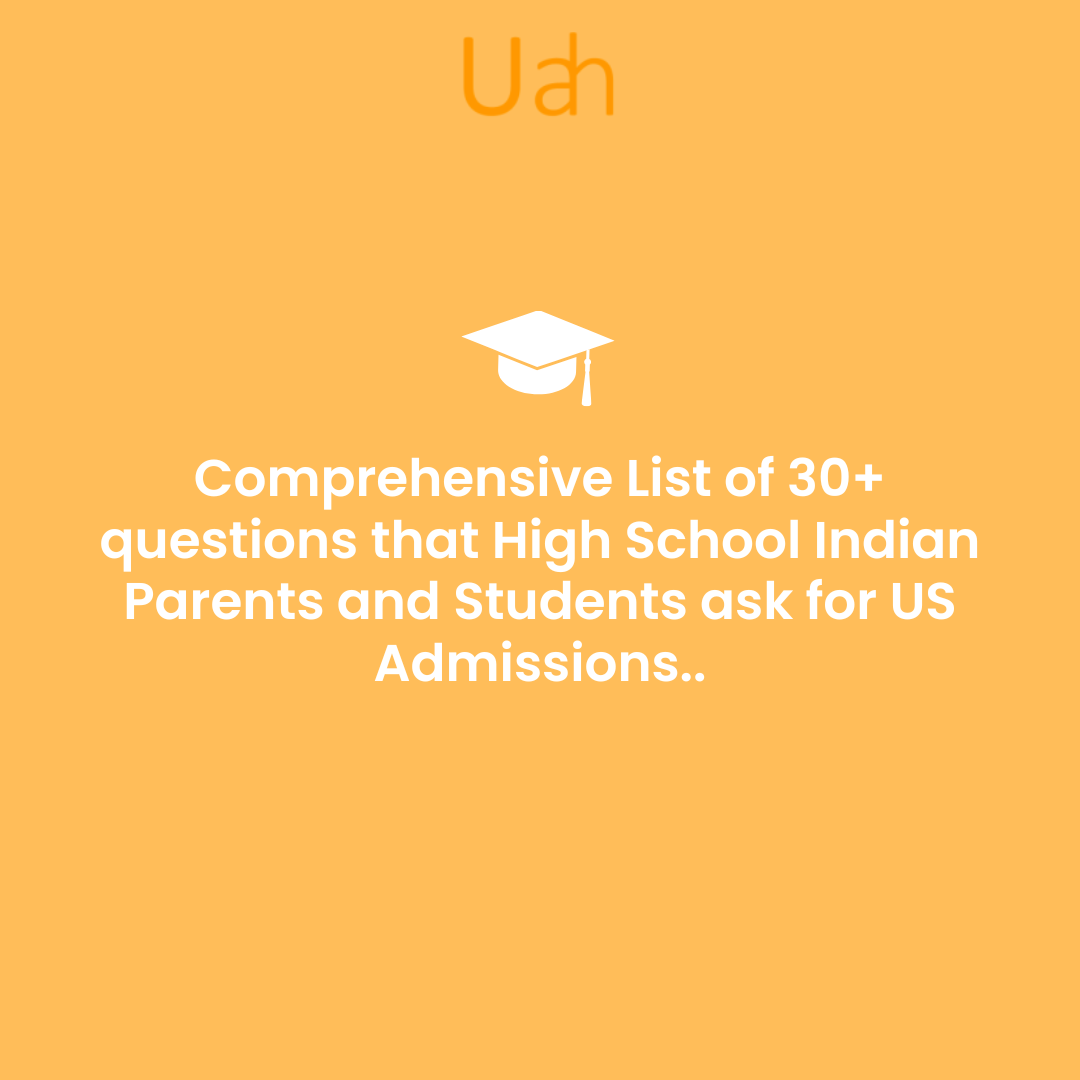
Comprehensive List of 30+ questions that High School Indian Parents and Students ask for US Admissions..
-
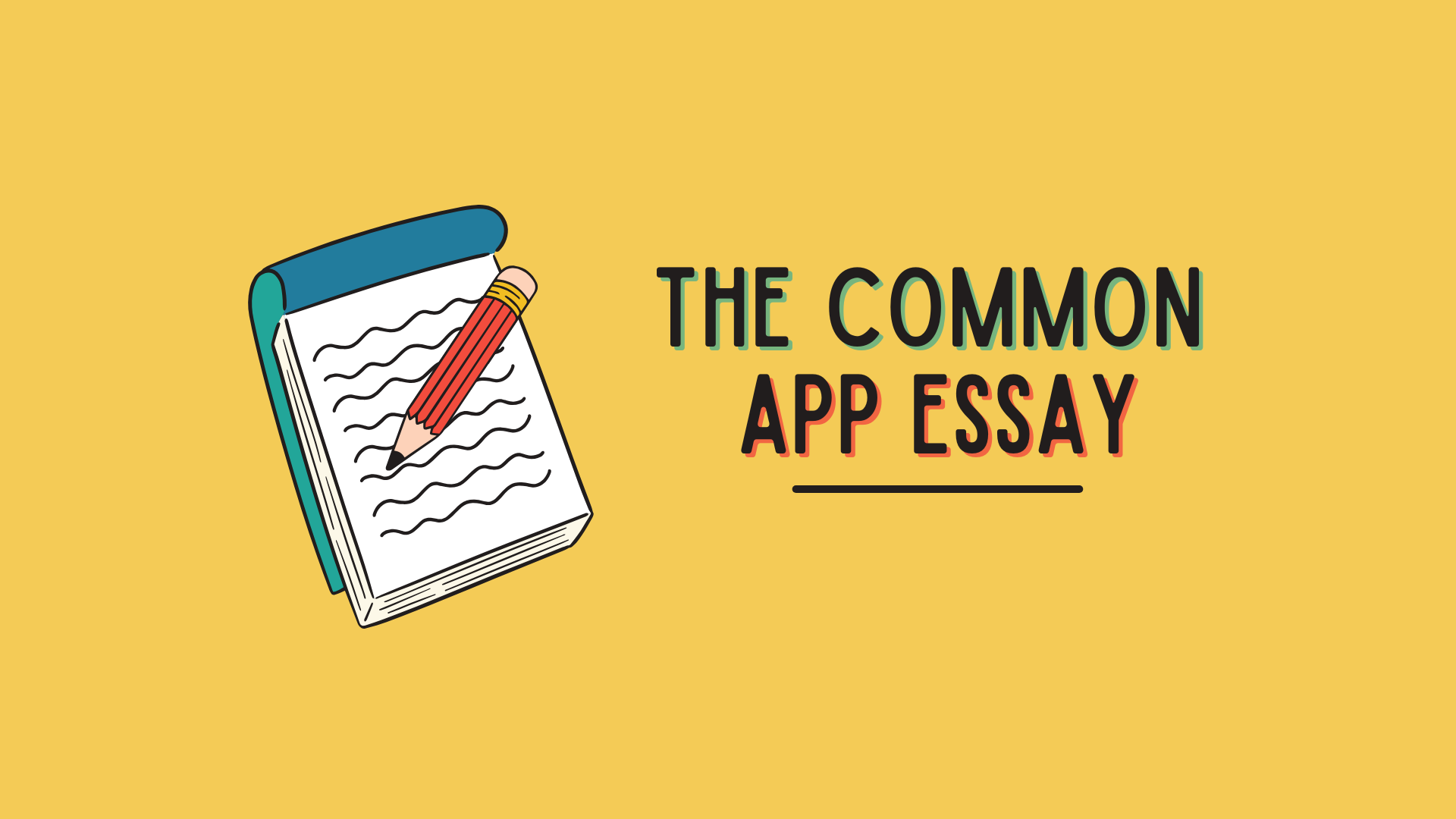
Common App Essay Tips 2025
-

Best extra-curricular activities for college admission for Indian students
-

How Many Universities Should You Apply To? Expert Tips for U.S. and U.K. Admissions for Indian Students
-

Step-by-Step Guide to Creating an Exceptional Capstone Project for Indian Students


